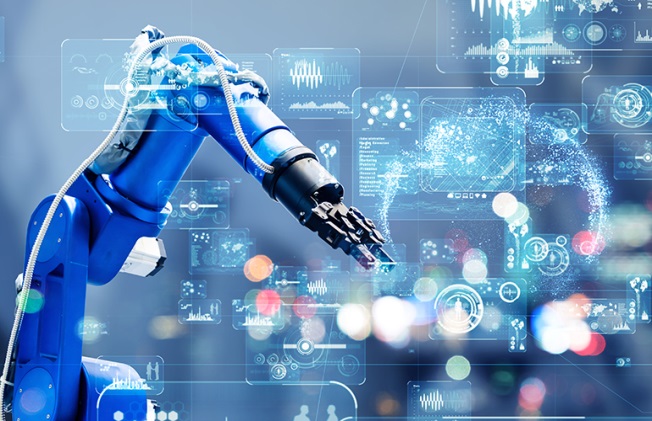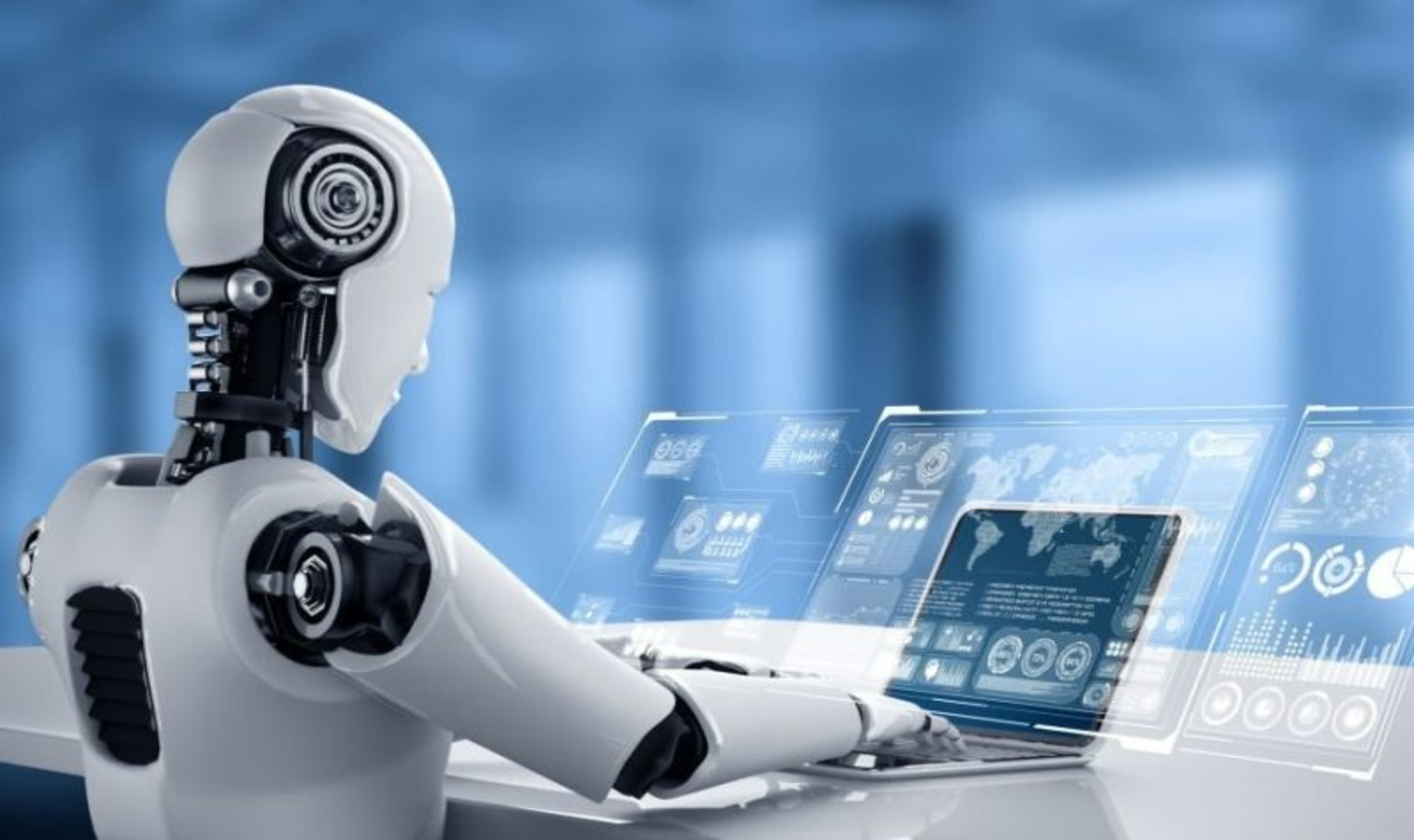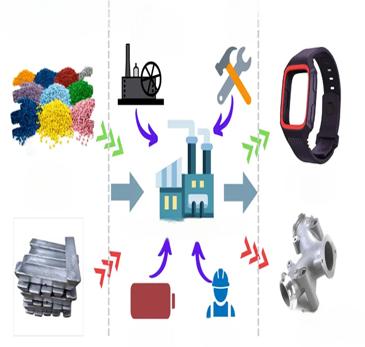
Robotics
Have you ever wondered how robots are changing the world around us?
Robots are no longer just a part of science fiction, they are part of our everyday lives. From smart vacuum cleaners that tidy up our homes to industrial machines building cars with extreme precision, robotics is transforming the world around us.

What Is Robotics?
Robotics is a branch of science and engineering that deals with the design, construction, and use of robots. A robot is a machine that can carry out tasks automatically—sometimes mimicking human actions or thinking. These machines can be programmed to perform specific jobs, often faster, more accurately, and more safely than humans.
Where Do We See Robots?
Robots are everywhere! You’ll find them:
- In factories, assembling products like smartphones and cars.
- In hospitals, assisting in surgeries or delivering medicine.
- In homes, cleaning floors or even entertaining us.
- In space, exploring planets and collecting data.
- In disaster zones, helping rescue workers reach dangerous areas.
Whether using vacuum cup grippers to lift fragile objects, or magnetic ones to handle metal parts, robots adapt to different environments with the right end effectors and actuation systems.
Why Are Robots Important?
Robots can:
- Work non-stop without getting tired.
- Do jobs that are too dangerous for people.
- Help increase productivity and accuracy.
- Assist people with disabilities or the elderly.
Behind every robot lies a combination of advanced sensors—like encoders, resolvers, and velocity sensors—that help it "feel" and move accurately, along with stepper or servo motors that control motion with precision.
What’s Next in Robotics?
The future of robotics is exciting. We’re seeing advancements like:
- AI-powered robots that can learn and make decisions.
- Humanoid robots that interact naturally with people.
- Swarm robots that work together like a team of ants.
- Soft robots are built using flexible materials, allowing them to move in a way that resembles the motion of living organisms.
As robots continue to evolve, their classification depends on factors like degrees of freedom, motion type, and function—each chosen based on the task at hand.
Final Thoughts
Robotics is more than just cool gadgets—it's a field full of creativity, innovation, and problem-solving. From gripper design to actuator selection, every detail counts. As we continue to build smarter machines, one thing’s for sure: robots are not just part of the future—they’re already shaping our present.







